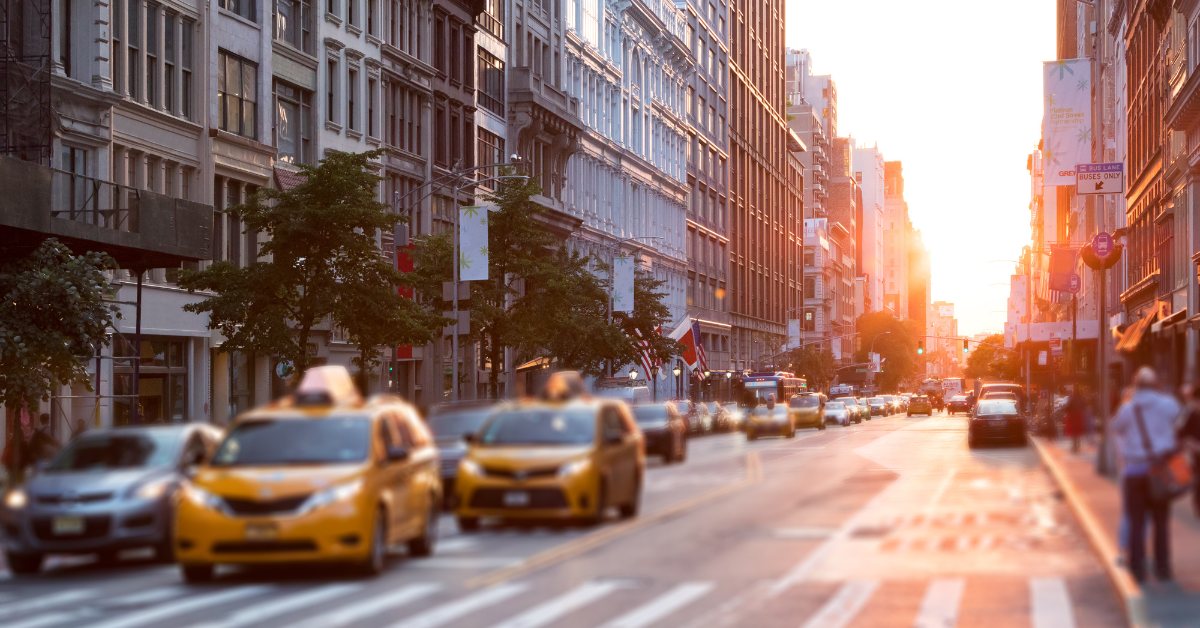New York City is a dream destination filled with excitement for many Japanese people. However, the reality often differs from the idealized image, revealing surprising cultural differences. This article shares authentic impressions from Japanese visitors to help international readers better understand how New York is perceived in Japan.
- Why Many Japanese People Admire New York
- Reality vs. Expectation: What Surprises Japanese Visitors
- Diverse Impressions: What Japanese Visitors Say
- Experiencing Cultural Differences Firsthand
- Practical Tips for Japanese Visitors
- Popular Tourist Spots Among Japanese Travelers
- A Cultural Comparison: Japan vs. New York
- Conclusion
Why Many Japanese People Admire New York
In Japan, New York represents freedom, success, and cultural prestige. It’s seen in movies, magazines, and social media as a place where dreams come true. Iconic landmarks like Times Square, the Statue of Liberty, and Central Park shape this image.
For young professionals and creatives especially, New York is viewed not just as a tourist spot, but as a personal goal. The city’s diversity is particularly appealing. Many Japanese people want to experience a society where individuality and multiculturalism are embraced—something that’s less emphasized in Japan’s more homogeneous culture.
Reality vs. Expectation: What Surprises Japanese Visitors
The reality of New York can feel jarring for first-time visitors from Japan. The crowded streets, noise, and fast pace of the city are often more intense than expected. Areas like Times Square can be overwhelming, and public transit—especially the subway—may seem outdated and confusing compared to Japan’s efficient systems.
Safety is another concern. While major tourist areas are relatively safe, Japanese visitors are often advised to be cautious at night, particularly in lesser-known neighborhoods. These differences don’t necessarily ruin the experience, but they do highlight the gap between media-driven expectations and urban realities.
Diverse Impressions: What Japanese Visitors Say
| Aspect | Positive Impressions | Negative Impressions |
|---|---|---|
| Transportation | Subway coverage is extensive and useful | Stations can be dirty and difficult to navigate |
| Food Culture | International cuisine is easily accessible | Portions are too large; flavors may be heavy |
| Hospitality | People are friendly and open | Service may feel cold or rushed |
| Safety | Tourist areas feel relatively secure | Local advice warns of theft or unsafe areas |
| Scenery | Iconic sites are awe-inspiring in real life | Noise, trash, and pollution can be shocking |
This table shows that Japanese opinions on New York are nuanced, shaped by each person’s values and expectations.
Experiencing Cultural Differences Firsthand
One of the most meaningful parts of visiting New York is encountering cultural contrasts. Personal space, conversation volume, and public behavior all differ greatly from Japanese norms. In restaurants and shops, the lack of overly polite service or clear explanations can be disorienting.
However, these aren’t flaws—they are simply differences in culture. Understanding this helps travelers embrace the experience rather than resist it. Flexibility and respect on both sides make the journey more enriching.
Practical Tips for Japanese Visitors
| Category | Suggested Preparation |
|---|---|
| Accommodation | Choose a hotel in a safe, central area |
| Dining | Ask about portion sizes before ordering |
| Communication | Learn simple greetings and thank-yous in English |
| Shopping | Expect additional tax and tip on prices |
| Emergencies | Keep a note of embassy or hotel contacts for safety |
These steps help Japanese travelers stay comfortable and confident, even when facing unfamiliar situations.
Popular Tourist Spots Among Japanese Travelers
| Destination | Reason for Popularity |
|---|---|
| Times Square | Iconic, always vibrant and photogenic |
| Central Park | A peaceful green space in the heart of the city |
| The Met Museum | Houses world-famous art collections |
| Brooklyn | Trendy with art, coffee, and street culture |
| SoHo | Hub for fashion, shopping, and design |
These locations offer more than sightseeing—they let visitors experience New York’s atmosphere at their own pace.
A Cultural Comparison: Japan vs. New York
| Topic | Japan | New York |
|---|---|---|
| Train Schedules | Trains run on time | Delays and schedule changes are common |
| Restaurant Billing | Prices include tax; tipping is rare | Tax and tip are added separately |
| Public Manners | Quiet and reserved behavior expected | Loud conversations and gestures are typical |
| Dining Style | Detailed and polite service | Self-directed, casual service is the norm |
| Personal Safety | Generally safe everywhere | Varies by neighborhood; awareness is essential |
This comparison highlights practical differences that help set appropriate expectations.
Conclusion
For Japanese travelers, New York is more than a destination—it is a transformative experience. While it may differ from the romanticized image often seen in media, that contrast is what makes the journey meaningful.
By approaching New York with open-mindedness and curiosity, travelers can appreciate not just its tourist appeal, but the deeper cultural lessons it offers. That is why so many Japanese visitors return home saying, “I want to go again.”






